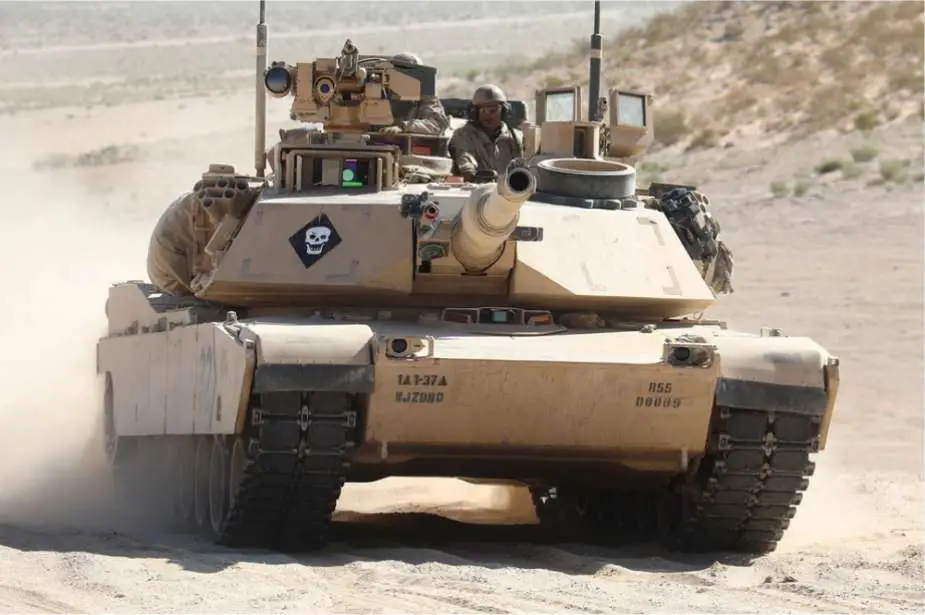
The U.S. Army is making one of the most dramatic changes in armored combat in decades, abandoning the long-planned M1A2 SEPv4 modernization to work on a completely new variant: the M1E3 Abrams. Years of piling upgrades atop the old Abrams platform finally led Army leaders to realize that patchwork improvements would not suffice to keep up with the next war. What it required was a total overhaul—a tank constructed from scratch with survivability, mobility, and flexibility as its top priorities on tomorrow’s battlefield.

This choice did not materialize overnight. Army Under Secretary Gabe Camarillo stated that money previously allocated to the scrapped SEPv4 will instead support the M1E3, to be ready for threats through 2040 and beyond.

“It’s threat-driven,” he said, highlighting experience from recent wars in which lighter, more mobile tanks with built-in active protection systems were decisive. Today, optimizing logistics and maximizing combat flexibility have become key priorities for armored troops.

Recent wars have provided a humbling lesson to tank engineers. The development of drones, loitering munitions, and sophisticated anti-tank missiles has proved that even the best-protected vehicles are not immune.

With each iteration, the Abrams has become heavier, increasingly finding it difficult to achieve a balance between protection and mobility. Maj. Gen. Glenn Dean, the Army’s program executive for ground combat systems, encapsulated the challenge: “The Abrams can’t continue to grow without increasing weight, and we must reduce its logistical footprint.”

The M1E3 is built to meet these issues head-on. Rather than adding armor and systems to an old hull, the new tank will put them in from the start. A modular open-systems design will facilitate easier and less disruptive future upgrades, allowing the platform to grow with new threats and technologies. Brig. Gen. Geoffrey Norman defined the goal as achieving the Abrams’ “mobility and survivability” to keep it atop the battlefield pecking order.

Several of the enhancements initially slated for SEPv4—such as sophisticated sensors and aiming systems—will be transferred to the M1E3, but the new tank will be much more versatile in its career. Concept vehicle designs such as General Dynamics Land Systems’ AbramsX have influenced the thinking.

AbramsX also comes with a hybrid power system that can cut fuel use by half without curtailing range, comes with AI-enabled systems, cuts crew needs, and enables possible manned-unmanned team operations. Its hybrid-electric drive even enables moments of “silent watch” or short-term stealth movement, which might be vital for stealth missions.

The United States is not alone in reconsidering the principal battle tank. Allied countries are developing their next-generation concepts, but the American edge might be through modularity and the potential for quick upgrading, recognizing that future battles will be too accelerated for static, rigid platforms.

In the meantime, even as the M1E3 is still in development, the M1A2 SEPv3 production is going to run at a reduced rate. The initial operational M1E3 units will only be ready for service by the early 2030s and will be equipped to engage at longer ranges with greater lethality. The “E” in M1E3 is shorthand for a substantial engineering evolution, connecting the legendary Abrams heritage to the requirements of the next-generation battlefield.

This is not just an ordinary tank upgrade; it is a reflection of the Army’s future vision for armored warfare. By prioritizing flexibility, networked defensive systems, and advanced power plants over raw firepower, the M1E3 is poised to make America’s armored forces unstoppable today and in decades to come.
